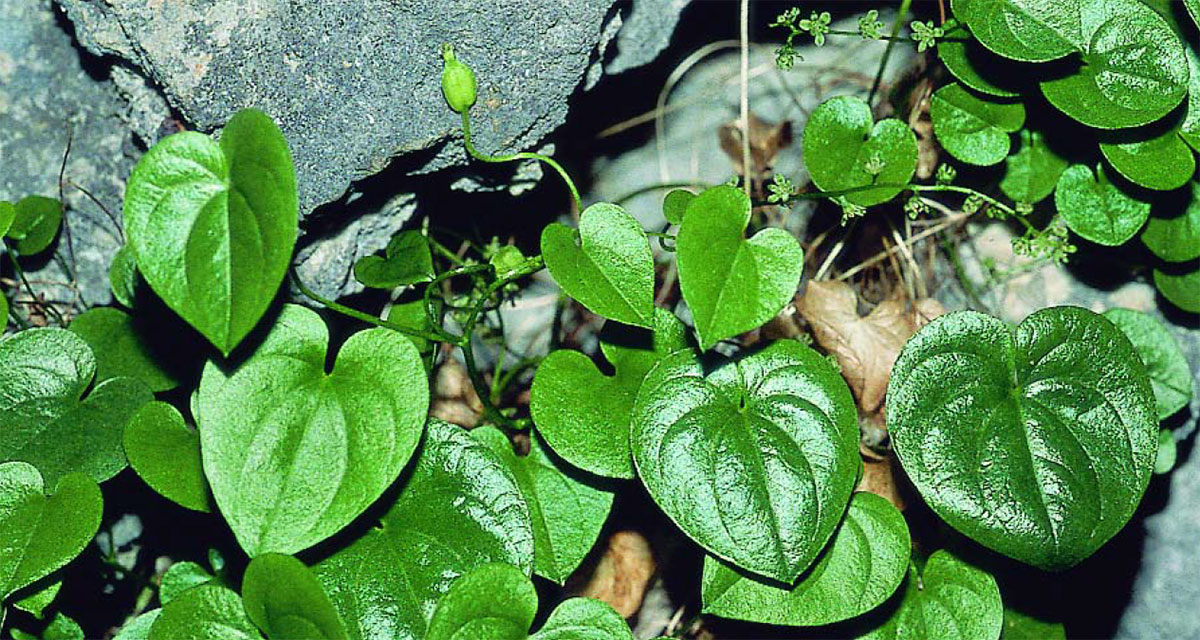The rediscovery of the Chouardii edge in the Aragonese Pyrenees is a news of great caliber for the world of botany and conservation in Spain. This plant is not any species; It is a very particular endemism, which means that it only grows in a very specific location of the world, in this case, in an area of the Pyrenees. Its history is almost film: it was considered extinguished in Spanish territory more than a century ago, mainly due to the alteration of its fragile habitat in roquedos due to the construction of infrastructure, such as roads, and indiscriminate collection by botanists and collectors in the past.
The finding: on July 7, a team of botanists from the Pyrenean Institute of Ecology (IPE-CSIC), while doing field work in a remote and difficult access to the congosto of Sopeira, came across a small population of this plant. The exact location is kept secret to protecting it, but what makes it so special is that it has survived in a vertical cliff, a place that has kept it safe from human activity and herbivores.
A cream survivor: The Chouardii border is an incredibly long -lived plant, with specimens that can live more than 300 years. It has a very slow life cycle and a fascinating reproductive biology, with separate male and female plants and a dependence on the ants for the pollination and dispersion of its seeds. It is considered a living fossil, a relic of tropical flora that existed in the area millions of years ago.
And now what?: This finding has immediately activated the conservation protocols. The plant was already cataloged as "in danger of extinction" in national and Aragonese catalogs, which gives it maximum legal protection. Now, the Aragon government, together with scientists, will reinforce its recovery plan. This includes the strict surveillance of the new population, the investigation of its genetics to evaluate its diversity and the possible creation of a seed bank in the Botanical Garden of Madrid to ensure its long -term survival.

































